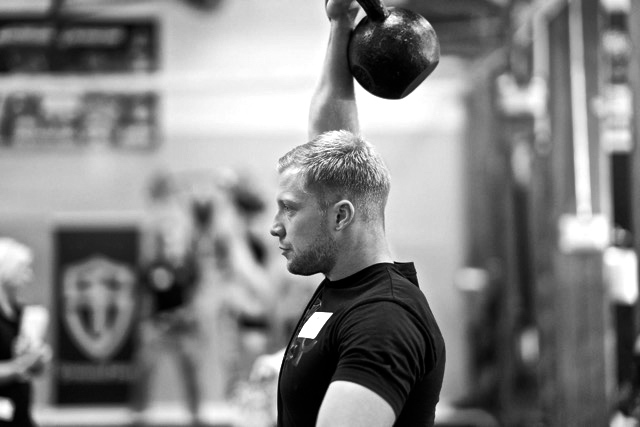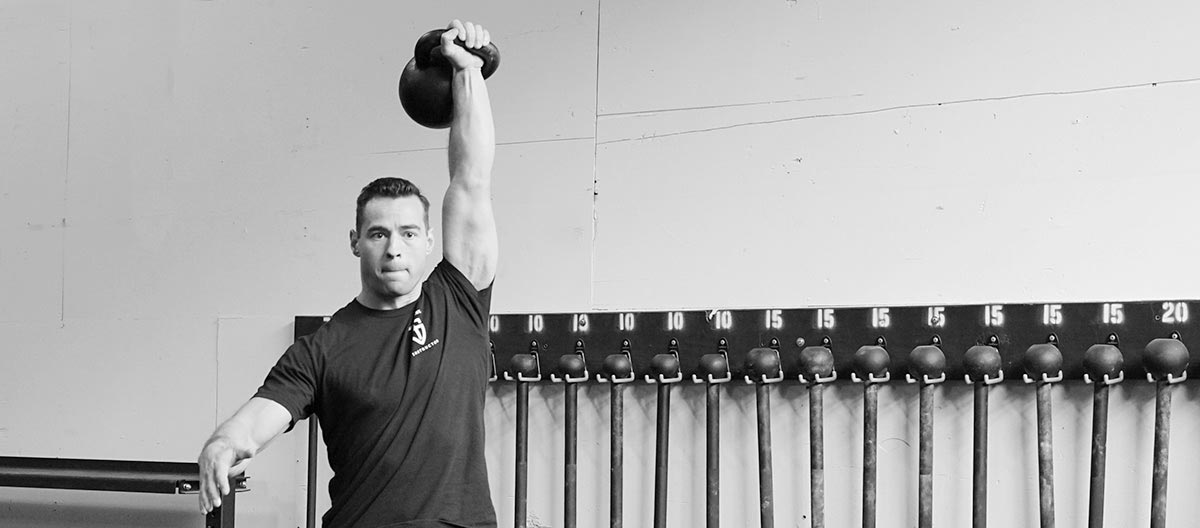barrak
Level 6 Valued Member
I ventured into A+A snatches recently for the first time.
On my first attempt I did 5 reps on 1m15s @ 24kg. My heart rate never really got over 113, so the next session I went OTM and got up to 120.
Yesterday I snatched a 28 on 1m15s.
Max HR 128, recovering to below 100 every set for 20 repeats.
Prior to this, I haven't really snatched over 20kg much, although I did a fair amount of those prepping for the 5 min snatch test.
I am aiming for a slow buildup of volume to keep my shoulders happy. (My left shoulder barks at me occasionally!). Something like 12/16/20, 14/18/22, 16/20/24, etc.
I'm doing 2 days a week pure strength training and 2 days A+A snatches plus some low intensity jogging and swimming when I feel like it.
Am I on the right track? 24 or 28kg? Safer to go 24 to build up some resilience in my left shoulder? Or is that looking too light from the HR data (I'm 57 y.o) ?
Thank you.
If you haven't received direct SFG snatch training, I encourage you to study the following gem of a thread. If your shoulder bothers you during snatches but not during swings and overhead mobility is not an issue, then you may have the same issue I had: I self learned the snatch by progressing from the high pull and I never eliminated it from my snatch form. This thread set me straight. Now I think: Pull low - Float up.




